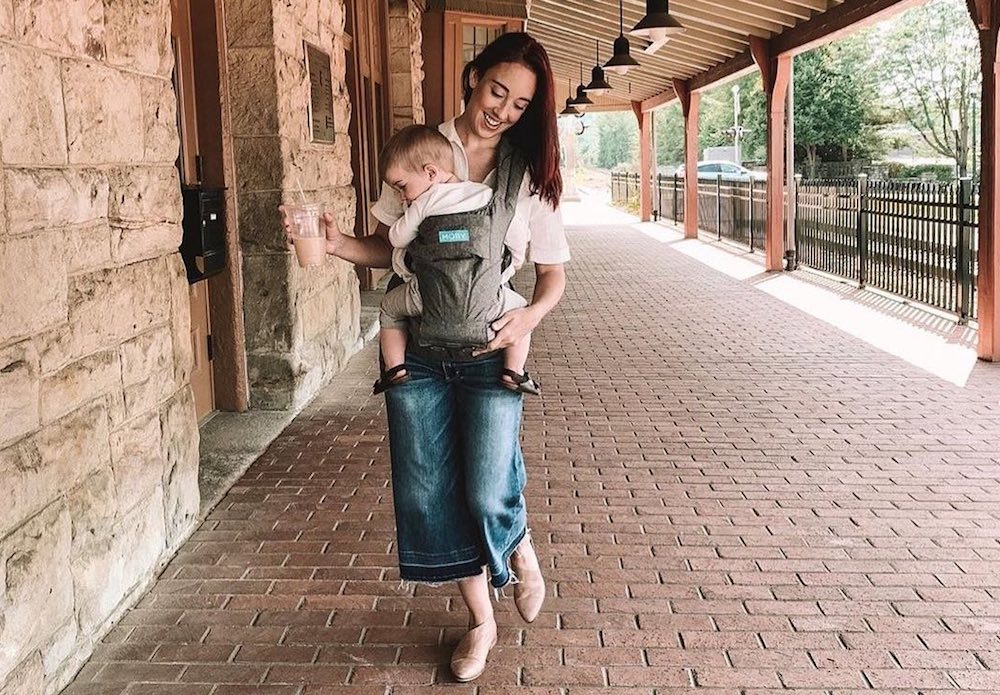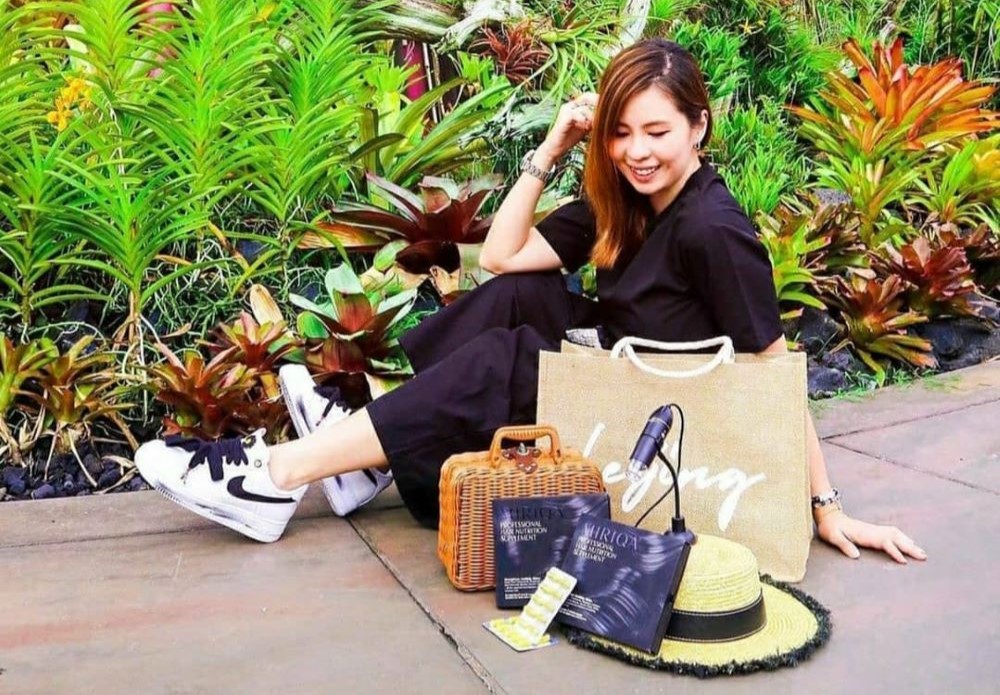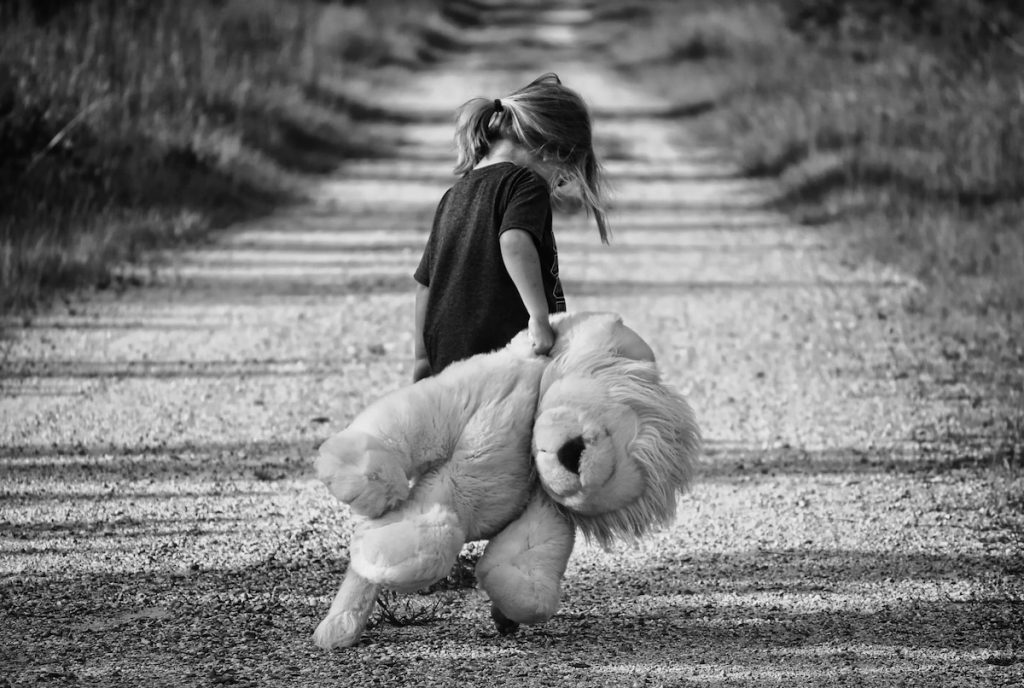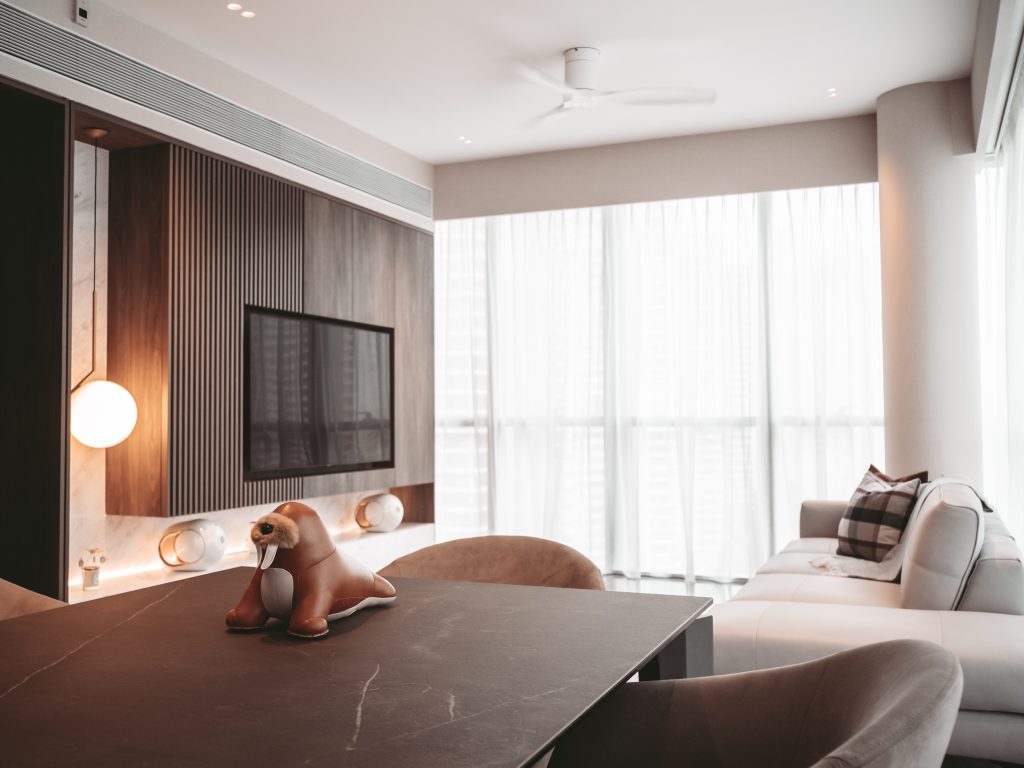Looking for a baby carrier for your newborn? Here are some factors to consider as well as how to keep him/her safe.
This essential item helps you easily and safely bring your newborn around, especially on public transport. In the first part of the series, learn about some of the benefits of the carriers, what to consider when purchasing, and how to safely carry your baby.
Benefits of Baby Carriers
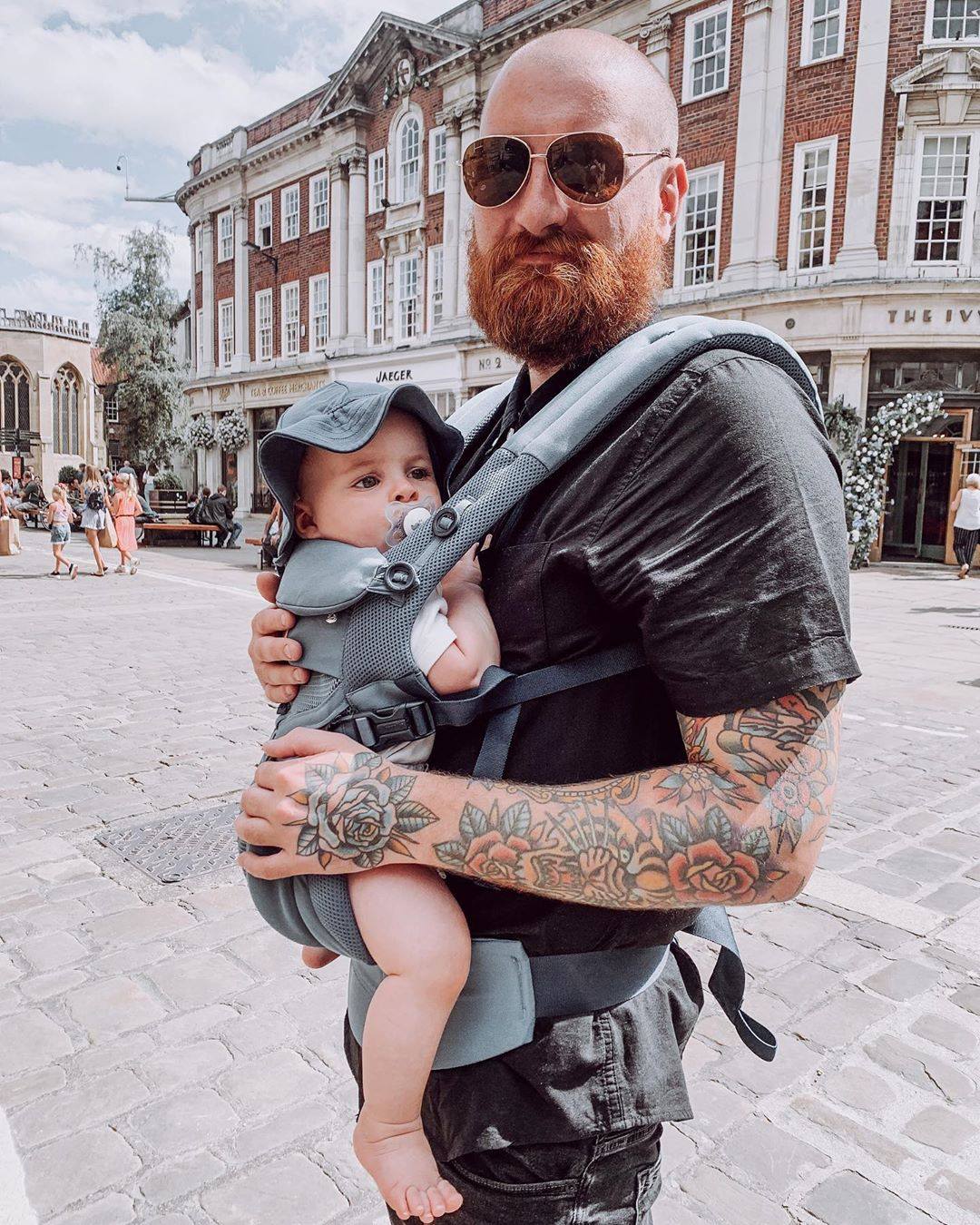
Baby carriers offer parents a lot of benefits, such as keeping your hands and arms free from holding the baby. Hence, you can still do many other things while your baby is nestled close to you. Additionally, the physical contact boosts your oxytocin levels, promoting bonding and improving postpartum depression and anxiety.
Moreover, it makes it easier for you to travel around with your baby via public transit as you don’t have to lug an additional stroller. A randomised controlled trial by the American Academy of Paediatrics found that infants who were carried cried and fussed less. Overall, they cried 43 per cent less, and 51 per cent less during 4pm to midnight.
Types of Baby Carriers
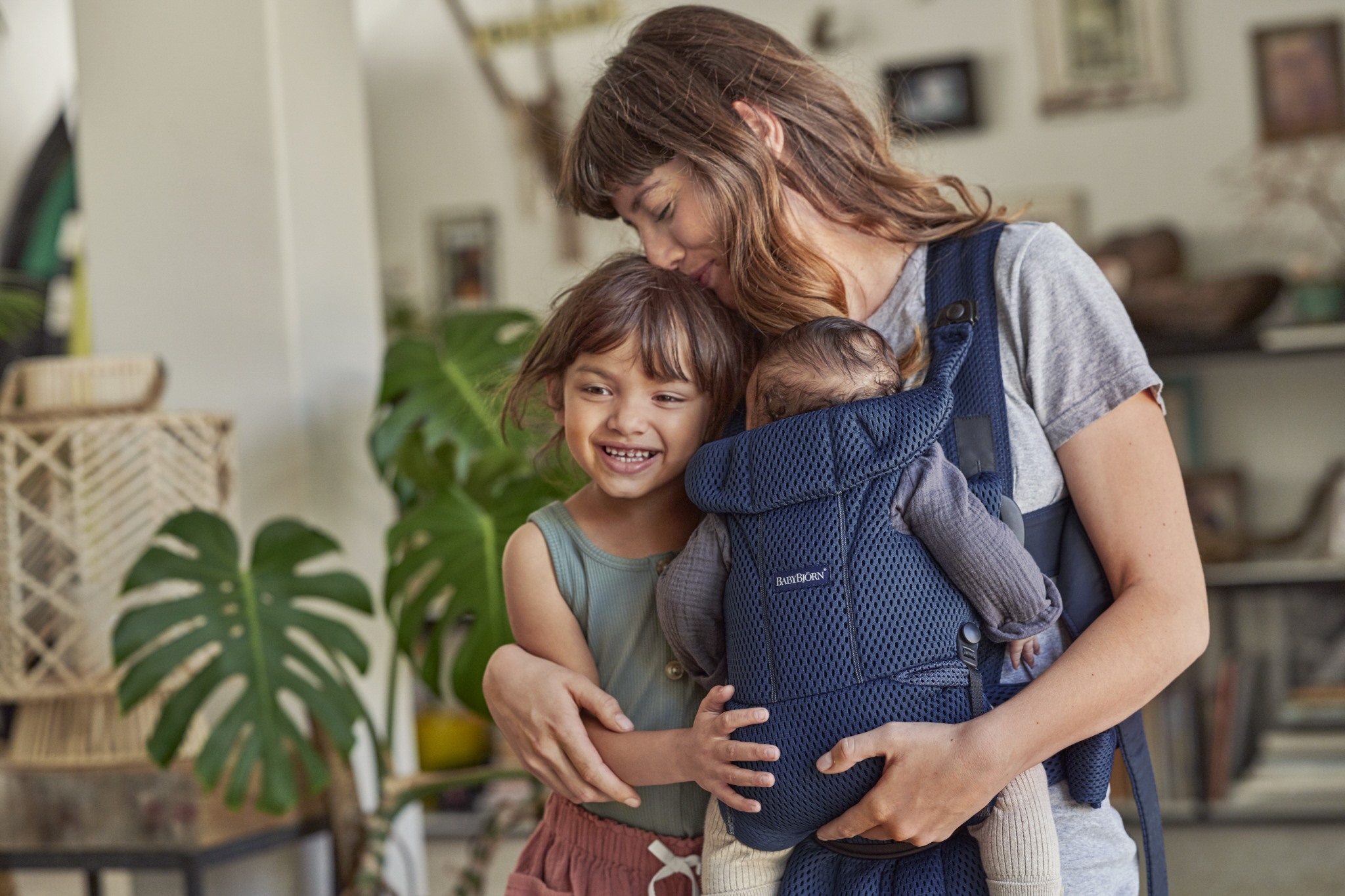
The three main categories that the carriers fall into are wraps, soft structured carriers and ring slings. First, the wrap is a long rectangular piece that you can wrap around yourself to create a snug carrier. Great for your newborn, the swaddle-like design reminds them of the womb. While compact and lightweight to bring around, it may take several tries to tie this properly. Hence, you may need to watch YouTube tutorials over and over. Most are one-size-fits-all and will easily adjust to different bodies.
Another option is a soft structured carrier, suitable for both newborns and older babies. These usually come with padded straps and waistbands, to support you as your baby grows and gets heavier. Additionally, you can also change your baby’s position with these carriers, and you can babywear your child well into toddlerhood. Choose one where your baby is high enough for you to kiss his/her head. Moreover, the carrier should have a wide or adjustable seat to distribute your baby’s weight and support their hips.
Keeping Your Baby Safe in a Carrier
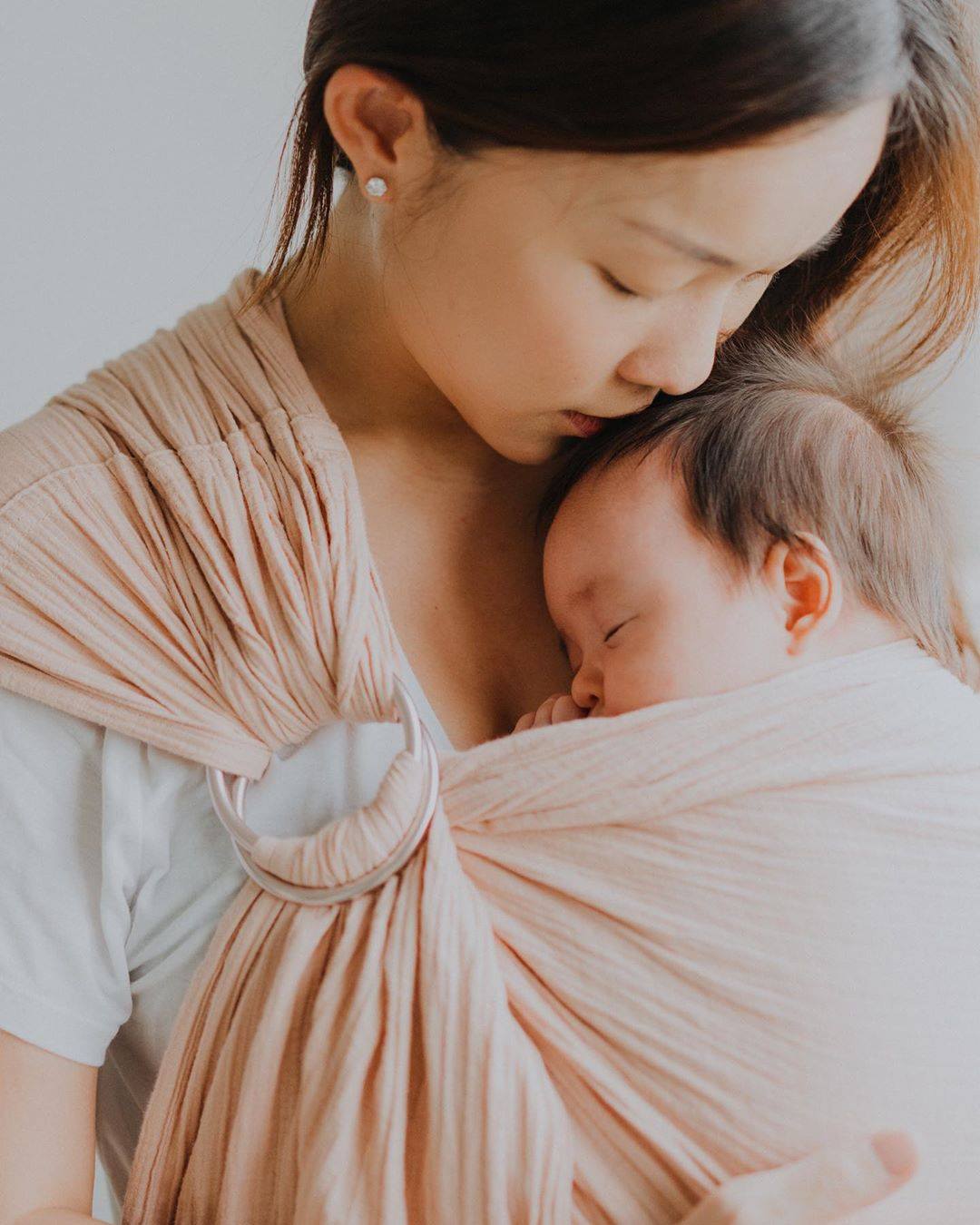
Regardless of which option you choose, here are some safety tips to bear in mind. First of all, it’s important to research the various carriers and try them out. You can attend a babywearing group like Babywearing Singapore to try these out in person. Next, check that the product suits your baby’s age, height and weight. Also, make sure it has not been recalled. Definitely read the instruction manual, whether in the packaging material or on the manufacturer’s website. Supplement this with watching instructional videos from YouTube while practising.
Practice Without Baby
With the carrier of your choice, use a stuffed toy or a doll to simulate the weight in the carrier, and then practice. Put it on and take it off several times. You may get your significant other to help you wear it, but you should also be able to do this on your own. Aim to put the baby carrier on, take it off, buckle and unbuckle it with one hand, and put your baby in and get him/her out without aid. Next, wear it around the house (without your baby) to determine if it’s comfortable for you to wear for long periods of time. When you want to practice with your baby, start on a soft surface or on the floor until you’re competent.
Positioning Your Baby
Keep your baby’s airway clear, by ensuring his/her chin does not touch his/her chest. Additionally, your body shouldn’t compress his/her face as these two positions may obstruct your little one’s breathing and lead to suffocation. Good indications that your baby is strapped in properly are that he/she is upright, and his/her face is visible at all times. Do check on your baby often, and be careful with newborns, who lack the neck strength in normal carriers. Another important consideration is how your baby’s legs are positioned. They should be spread apart and straddling your body for healthy hip positioning. However, do limit your baby’s time in the carrier to an hour at a time, and give him/her a break to move his/her hips around.
Choose a Carrier Suitable for the Climate
In our tropical weather, choose a baby carrier with breathable fabric. Additionally, dress yourself and your baby in light clothing – the heat emanating from your baby and the carrier will keep you warm. Of course, do stay in the shade as much as possible and ensure both of you are hydrated.
Carrying Positions
In the beginning, your baby will be perfectly content in the front inward facing position, as he/she is adapting to life outside the womb. In fact, at two to three months, your baby will be mostly interested in seeing the human face, hence this position will give him/her a perfect view of your face and expressions. During your baby’s first year, try to keep him/her in this position, and accommodate his/her efforts to see the world by turning to the side.
Around six months old, when babies have good head and neck control, you can switch their positions to face the outside. Other positions include the back or hip position as long as he/she is properly supported. Do look out for your baby’s reaction in the outward facing position. If he/she seems unable to disengage from his/her surroundings, your baby may be feeling insecure and needs to monitor the situation.
In such instances, you should switch your baby back to the inward facing position. Doing so will help your baby understand what’s going on from your expressions and regulate his/her stress reactions.Finally, when your baby is about 10 to 12 months old or weighs 10kg, switch him/her to your back.
Above All, Be Careful
When you’re carrying your baby, your balance may be affected. Additionally, ensure you have enough clearance when going through doorways and turning corners. Bend at your knees and support your baby with one or both hands. Definitely check for any frayed seams and make sure the buckles work well before each use. Of course, don’t cook or drink hot beverages when carrying your baby. Moreover, don’t wear your baby in a car, and avoid running or cycling with your baby in the carrier.
Relevant Reads: 5 Benefits of Babywearing, Newborn Cribs
This article originally appeared on Motherswork.



